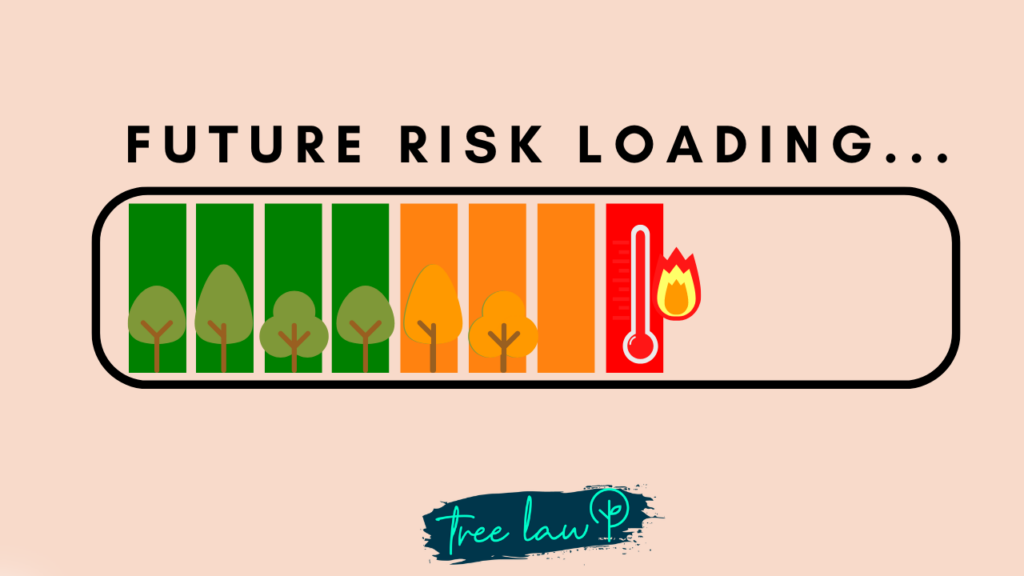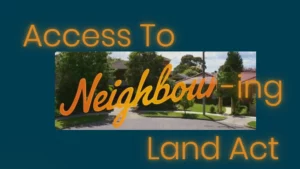Record-breaking hot dry weather has led to an upturn in subsidence claims with suppliers launching their surge plans ready for record-breaking claim numbers from now into the autumn and beyond.
Whilst insurance is a business based on risk profiling and assessment, that tends to be based on past events and trends. What climate change is showing us is that assessing risk of a property suffering from subsidence damage is changing as extreme weather becomes our norm. Therefore, risk assessing needs to be done looking forward and not backward.
Insurers are now facing a subsidence surge event unlike any other – a surge in summer 2022, in the midst of climate change and working with the environmental target clock ticking.
Traditionally the aim in tree root subsidence claims has been to mitigate the damage by seeking removal of trees which are evidenced as the cause of the damage, or, carrying out carbon heavy repair works in the absence of tree removal.
The climate crisis has created a different attitude amongst customers, and they will be expecting something different from their insurance provider if they face a subsidence claim.
That consumer will be looking at:
The declarations made by the ABI and the Insurer about being net zero from 2025 and beyond.
The terms and conditions of their policies to ensure that clauses on issues such as the circular economy and reuse of materials on site, are included and upheld in their claim.
Strategy in terms of mitigation of damage and whether they will support a request for removal of an implicated tree given the environmental benefits of trees. This will be more acute where trees implicated are veteran or ancient and where, perhaps, the Woodland Trust might start taking an interest.
The carbon footprint of the varying claim options such as tree removal versus the carbon footprint of carbon intensive repair solutions.
Whether repair works be carried out in line with retrofit obligations so that their repaired house is future proofed despite the cost of that retrofit likely being more expensive than a like-for-like repair?
However, subsidence claims can be open for a long time due to the nature of investigation works requiring investigations over the seasons. What this means is that a claim could open this summer and not conclude until 2025 meaning that those future standards need to be applied now.
Not only will customers be having more challenging conversations with insurers, but this pressure will also come increasingly from campaign groups, whether that is environmental groups such as Extinction Rebellion or whether it’s from smaller town/residential groups or individuals.
The new law within the Environment Act 2021 launched the Duty to Consult which means that local authority tree owners have a duty to consult with local residents before removing one of their own trees where that’s requested in a claim. Therefore, the general public will be asked what their opinion is and will become more involved in claims.
Subsidence claims from the surge of summer 2022 onwards is something that insurers need to prepare for in order to keep the financial and environmental cost down of dealing with increasing climate-based disputes.
Tree Law can help insurers dealing with the changing world of subsidence by:
Carbon footprinting the subsidence claim process.
Creating a calculator to assess the environmental impact of tree removal versus repair works.
Work on a decarbonisation strategy to help bring down carbon intensive parts of the claim process.
Create an offsetting scheme in the short term to neutralise claims which running in tandem with business strategy to ultimate drive down emissions and remove the need to offset. Exploring blockchain and cryptocurrency to track the efficacy of environmental offsets.
Create biodiversity, public health and environmental strategies so that it’s not simply a carbon assessment of the claim impact.
Dealing with media issues which might arise in the news and/or social media around individual claims.
Finally, if not already involved with the Subsidence Forum, I would encourage becoming a member of the Forum. Engaging in issues such as climate change really is a key issue on the agenda for the Forum to help drive required change.
Anyone interested in discussing these issues, and how we can help you with any of the issues above, then please email me at sarahdodd@treelaw.co.uk or call me on 07855454834.



